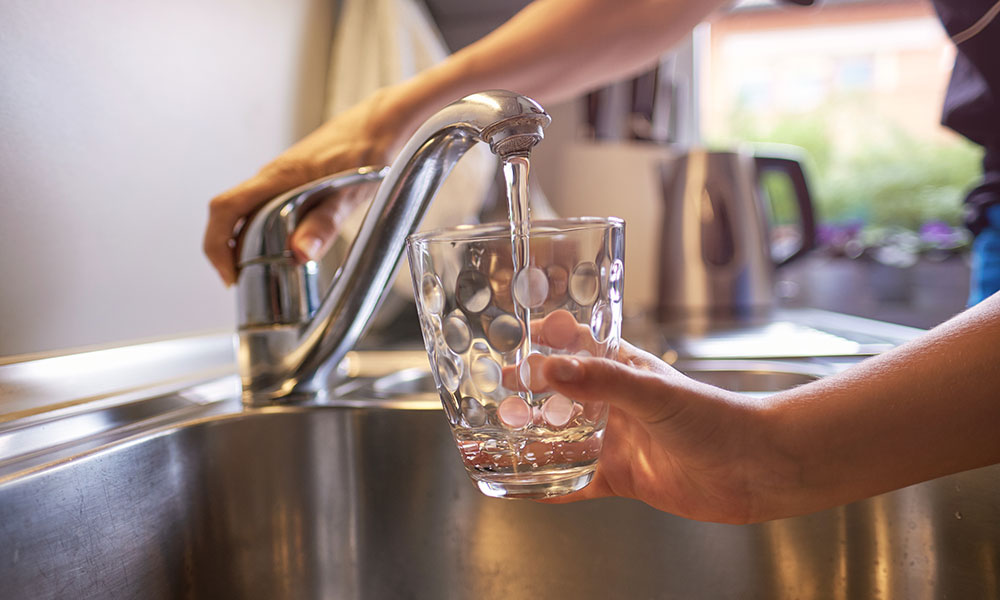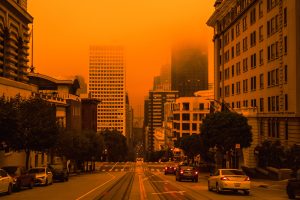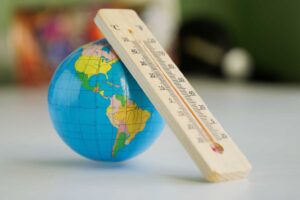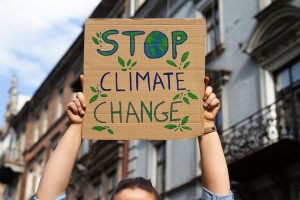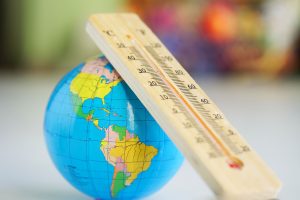We all know the feeling: you turn on the faucet, and nothing comes out. Maybe it’s a scheduled outage for a few hours, or perhaps a water main break. It’s an inconvenience, but for most of us, it’s temporary. Now imagine that uncertainty lasting for days or weeks, or becoming a constant part of life. You don’t know when, or even if, clean and safe water will be available.
For billions of people around the world, lack of reliable access to safe, sufficient, and affordable water is a persistent and growing reality. This is known as water insecurity. And it doesn’t just mean water is unavailable. It also includes water that is unsafe to drink, too expensive to afford, or too far away to reach. It affects daily life, physical and mental health, livelihoods, and even how people perceive their ability to withstand disasters.
We co-authored a study, recently published in Environmental Science & Technology, that examined key characteristics of people who reported — versus did not report — water insecurity in the 2021 Lloyd’s Register Foundation World Risk Poll. Our analyses uncovered crucial insights for disaster communications targeting people who have experienced water insecurity. Based on responses from over 125,000 individuals across 121 countries, our findings offer vital lessons on how to communicate about risks like floods, storms, and droughts, especially to those who are most vulnerable.
So, what did we learn from surveying people who have lived through water scarcity?
If You’ve Lived Without Water, You Feel Less Prepared for Future Disasters
It might seem intuitive, but the data confirm it: people who have experienced a day or more without clean water feel significantly less prepared for a major disaster. This feeling applies not just to their own household’s readiness, but also to their trust in the preparedness of their local and national governments, as well as nearby hospitals.
This makes sense. If a community struggles to provide a basic necessity like water during normal times, its residents understandably doubt its ability to cope during a large-scale crisis. This “preparedness gap” highlights a critical need to build resilience in communities facing water stress, helping them feel more confident in their ability to handle future shocks.
Trust is Key: Local News and Emergency Services Win the Day
When people need life-saving information during a disaster, who do they trust the most? The answer was clear and consistent across the globe: local news like newspapers, TV, and radio, and emergency services, such as fire departments and police.
This finding held true regardless of whether someone had experienced water insecurity or not. It’s a powerful reminder that even in our digital age, local institutions remain the most credible voices in a crisis. The study did find that people who had faced water insecurity trusted these sources slightly less, and were a bit more likely to trust religious leaders or famous people. This suggests that effective disaster communication might need to use a mix of official and community-trusted voices to reach everyone.
Severe Weather, Not Climate Change, is the More Immediate Worry
Climate change is a major driver of water insecurity, intensifying droughts and floods. However, the study found that people’s concerns about their water safety are much more strongly tied to their fear of severe weather events (like floods and storms, which people viscerally experience) than to the more abstract threat of climate change (a global problem unfolding over decades).
This finding was even more pronounced for those who had lived through water insecurity. We suspect that the direct, tangible threat of a storm contaminating water supplies is easier for people around the world to understand, compared to the complex and uncertain dangers posed by climate change. For someone who has seen a flood destroy their local well, the connection is immediate and personal.
What Does This Mean for Communications about Water Insecurity?
Water insecurity, or lacking consistent access to safe water, is a growing concern that affects over 3.6 billion people worldwide. Our study’s insights offer practical guidance for action. We believe that communications about water insecurity should:
- Boost Preparedness Where It’s Needed Most: Efforts to help people prepare for disasters should be targeted toward communities already struggling with water security. Boosting their disaster resilience can have an outsized impact in saving lives in vulnerable regions.
- Leverage Universally Trusted Messengers: Disaster warnings and preparedness tips should be disseminated through the most trusted channels – local news outlets and emergency service providers. Partnering with these entities makes it more likely that the message is heard and believed.
- Frame the Message to Match People’s Mental Models: When talking about water risks, leading with the concrete threat of severe weather events is likely to resonate more with people than the scientific details of climate change. It is still important to explain the role of climate change, but connecting it to the immediate, observable danger of storms and floods makes the issue easier to understand and more vivid.
Ultimately, this research shows that the experience of water insecurity shapes how people see the world and its risks. By understanding these perceptions, we can craft better communication strategies, build trust, and ultimately help support communities to be more resilient in the face of an uncertain future. The next time we turn on the tap and water flows freely, let it be a reminder of a security that not everyone enjoys, and a responsibility to ensure everyone has the tools to stay safe when disaster strikes.
Additional Reading: We must confront the existential crisis of climate change by recognizing it as a water crisis [Smart Water Magazine, April 2024]
Mark Yaggi is CEO of Waterkeeper Alliance; Wändi Bruine de Bruin is a senior scholar at the USC Schaeffer Institute and Provost Professor of Public Policy, Psychology, and Behavioral Science; and Joshua Inwald is a social psychology PhD student at USC.
